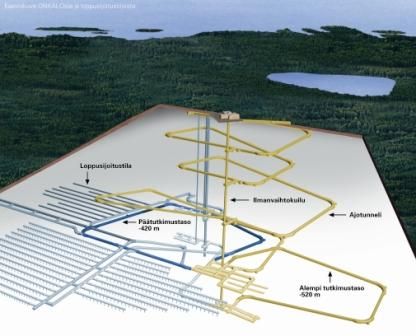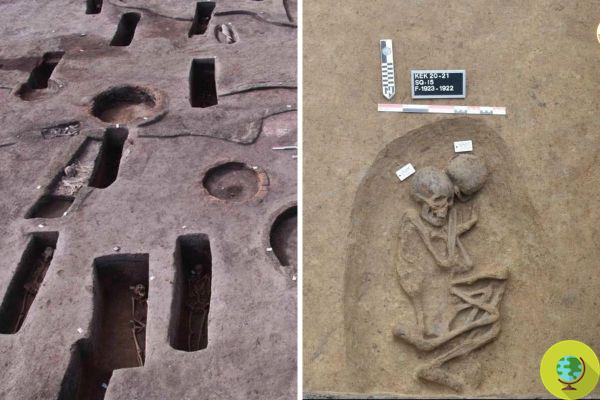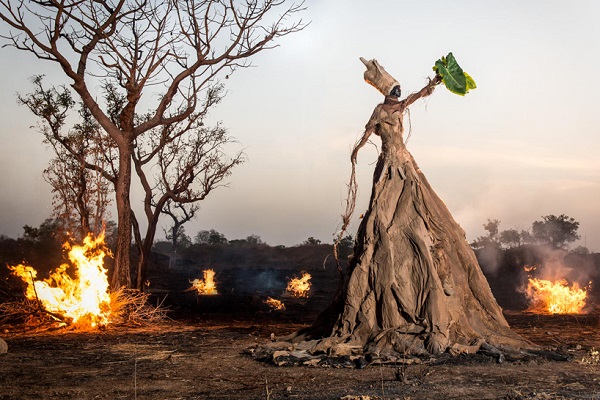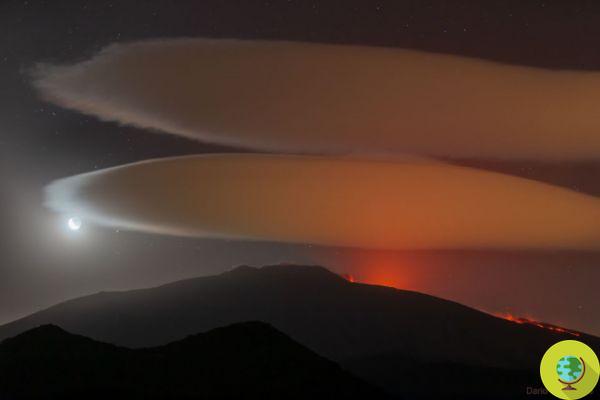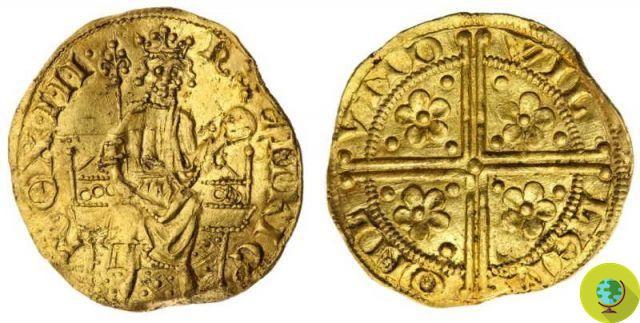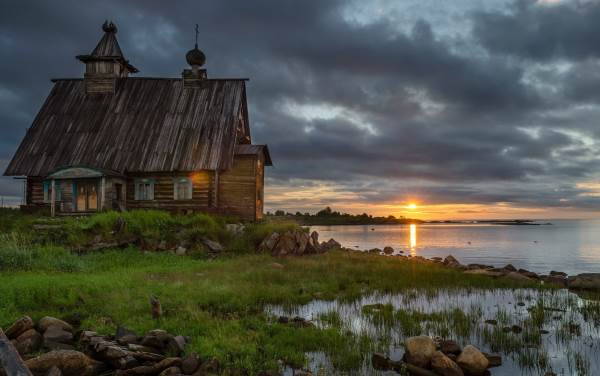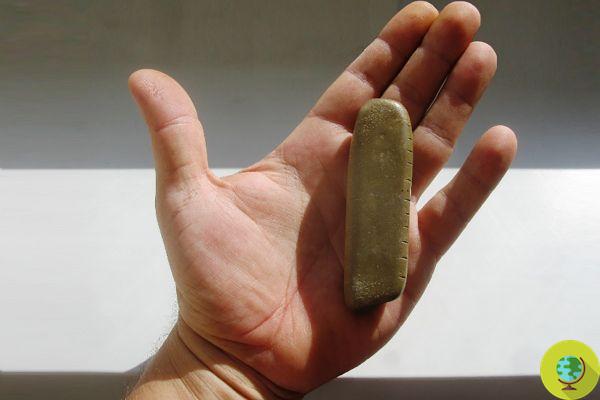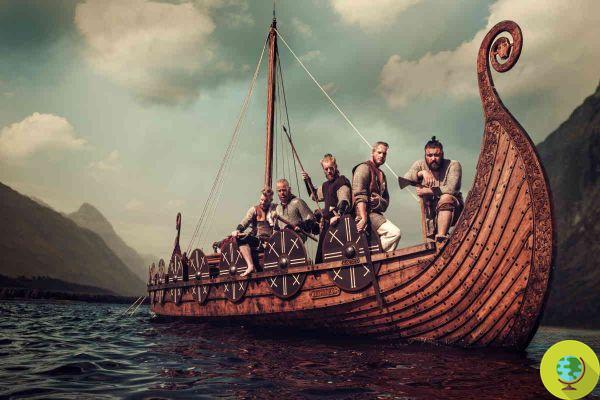
So far it has remained a mystery why the Vikings who had colonized the west coast of Greenland had abandoned the "green land" out of the blue in the mid-XNUMXth century.
Don't store avocado like this: it's dangerousThe western territories of Greenland have in their history four centuries of Viking occupation - starting in the XNUMXth century AD when, seduced by pristine territories and fertile soil, waves of migrants from the regions of present-day Norway moved to the island. The Viking colonies grew over the centuries, even counting several thousand inhabitants in three large settlements.
The very name of the island, Greenland, would be of Viking origin - created by one of the first Vikings to land on the new territory, a certain Erik Thorvaldsson known as "the Red", to entice his countrymen to take off and colonize the island: as you can imagine with the help of modern English, Greenland means "green land" (green land), that is fertile and luxuriant, ideal for life.
That is why it is surprising that the Vikings left the island out of the blue, in the middle of the XNUMXth century. There is no archaeological evidence of internal conflicts or invasions from abroad, nor of a decline due to plagues or other epidemics. So what led to the extinction of the Viking colonies in Greenland?
New research has tried to answer this question that has remained unsolved for centuries. The historians of the University of Massachusetts Amherst, after examining the most disparate hypotheses - including the decline in the birth rate and an unprecedented cold that would have plunged the entire island into a sort of ice age - have traced the extinction of the colonies to the drought.
Indeed, by analyzing the sediments of a site dating back to the Viking Age, the researchers reconstructed the average temperatures and the rate of rainfall, concluding that a sharp decline in summer rainfall made life in Greenland progressively impractical.
When the Vikings colonized the island, they had no problem with it get used to the long cold winters that lashed the territories: they continued to raise livestock, adapting to the harsh climate, and to import fruit and cereals from the continent that could be grown more easily there, trading them for walrus or ivory skins. In this way, the population on the island grew and prospered through many generations, until the crisis occurred in the mid-1400s AD
Archaeologists spent three years analyzing samples of soil and ice before coming to the conclusion that it was an unprecedented drought, which the Vikings were not used to, that put an end to their communities. According to scholars, it was not a sudden event, but rather a slow but inexorable process that led to the creation of a territory hostile to life.
It was not the temperature that rose over the years, it was the rains that became increasingly scarce, putting the soil in trouble and making the entire territory arid and dry. A situation that has become more and more unsustainable every year for humans and their animals, who eventually had to leave what had once been the green earth.
Follow your Telegram | Instagram | Facebook | TikTok | Youtube
Fonte: Science Advances
We also recommend:
- Confirmation was found in tree circles that the Vikings were in North America long before Columbus
- Two Viking skeletons reunited in Denmark after 1.000 years
- Lofoten: Norway's pristine islands where you can admire the Northern Lights and the midnight sun (at least once in a lifetime)







